July Q & A
July Q & A
Hydrangeas, Butterfly Support, Leaf Spot and More
As we move into mid-July, our customers have questions about what they are seeing in their yards and gardens. Here are some of the queries we’ve gotten about common plant situations on Cape Cod.
My white Hydrangeas are flowering well…why aren’t the blue ones doing the same?
Those white hydrangeas that are in full bloom now are a different species of plant. The various varieties of Hydrangea arborescens, commonly called smooth hydrangeas, bloom at the ends of the new stems that grew this spring. This is known as flowering “on new wood.” The blue mophead and lacecap hydrangeas are either in the species macrophylla or serrata, and these flower predominantly from buds that were formed last July and August. This is known as flowering “on old wood.” Those tiny buds that formed last summer have to make it through the winter in order to produce flowers, however, and last winter’s temperatures fell so low in February that most of those buds got killed.
Some types of hydrangeas, such as Endless Summer, will put out a few flowers on new stems. Some of the newer varieties that have been bred to flower well even when the buds have been zapped will also have a good show of blooms. This group includes Let’s Dance Can Do, Let’s Dance Arriba!, and Let’s Dance Blue Jangles, plants from Proven Winners, among others.
Your blue hydrangeas that aren’t flowering well this year will grow large, and with normal winter temperatures they will be back full of blooms next summer.
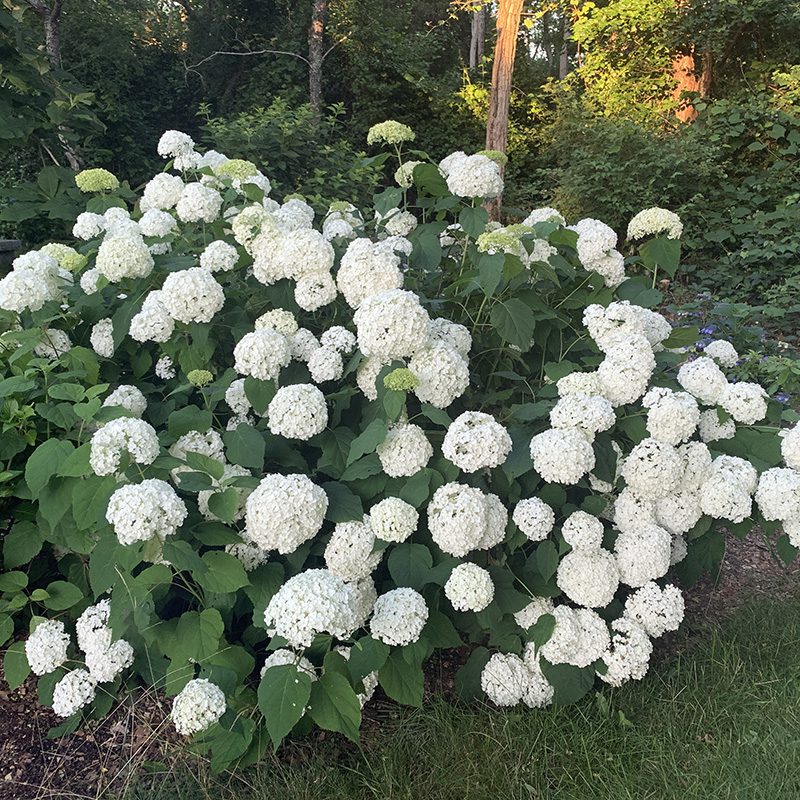
So many plants in my yard have spotted leaves…what’s going on?
Although we have a dry month of May on the Cape, June was consistently damp and often cool. Those conditions typically cause leaf spot fungus on many plants. You might notice your river birch trees are dropping spotted leaves, or that your hydrangea foliage is dotted. The good news is that leaf spot seldom does serious harm, especially to established plants. Usually it’s a cosmetic problem only…it makes the plant look bad. If there are only a few leaves that are really ugly, cut them off and throw them out. If you want to spray with an organic fungicide to help protect the undamaged foliage, by all means come into the store and ask Dekes or Nan about which products you should use. But know that the spots are not likely to do permanent harm.
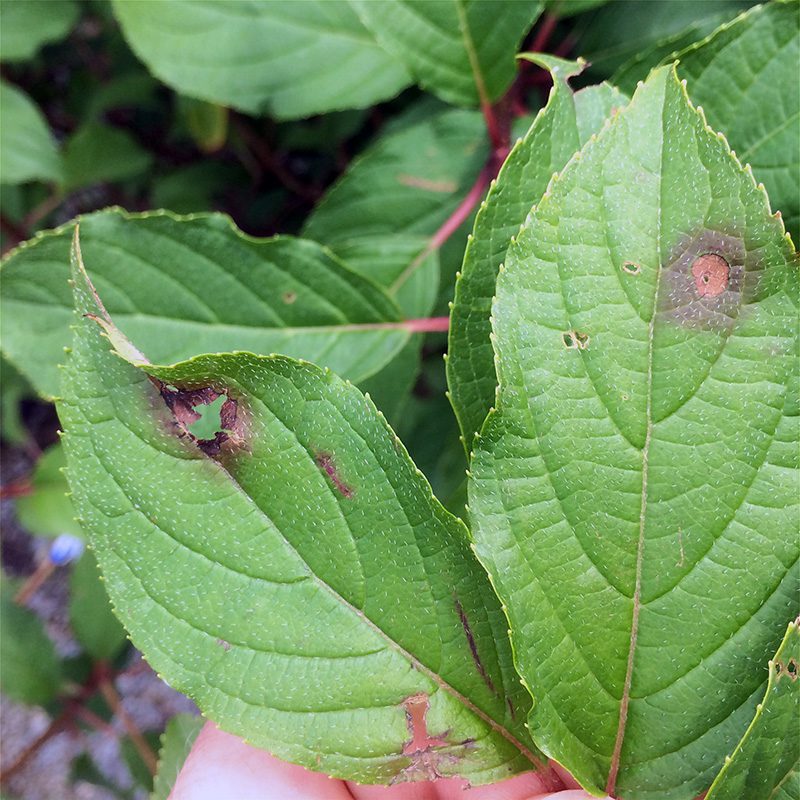
I planted an apple tree and this summer the leaves look sick!
If you would like a good diagnosis of what is affecting your apple tree, either take some leaves into the Cape Cod Cooperative Extension or bring a photo and some samples into the store. It’s probably either a leaf spot fungus or cedar apple rust. Although rust makes the leaves look terrible or causes the tree to shed the worst foliage, it seldom kills the tree. Read more about it here.
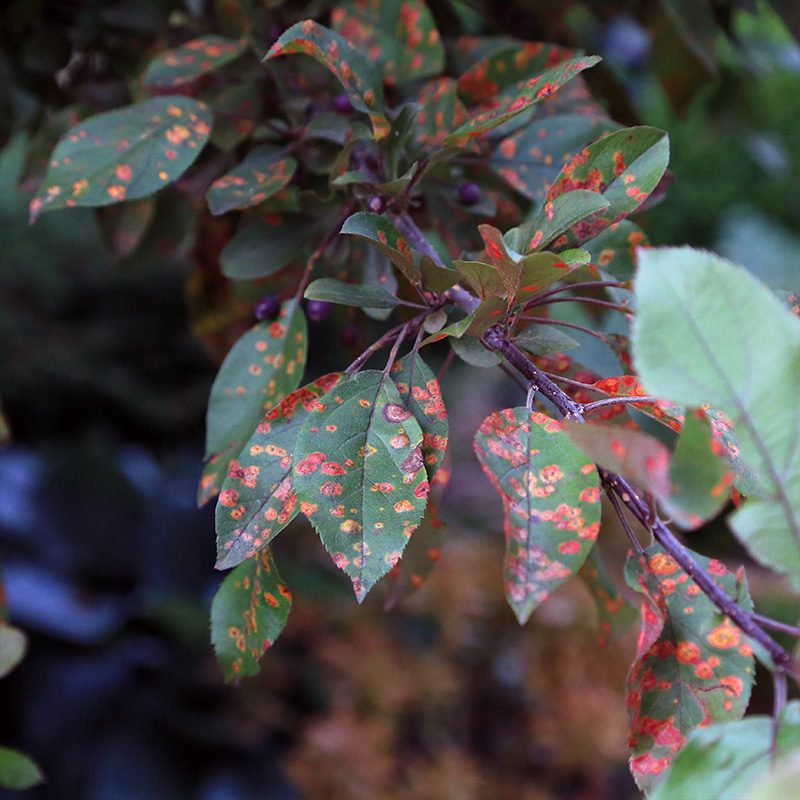
How should I deadhead my early-flowering daylilies?
The daylilies that flower in June such as Stella D’Oro, Happy Returns, or Early Bird Cardinal, are finishing up their main blooming period. To encourage them to produce more flowers later in the summer, and to make the plants look better in the garden now, it’s important to clean them up as soon as possible. Cut the stems that used to hold the flowers down into the plant. Don’t mistake the hard, round seedpods for buds – get rid of those as well. At the same time you could pull out browned leaves to make the plant look better, and follow with a light application of liquid fertilizer or the Challenger Green All Purpose plant food. Water the plants well before and after fertilizing.
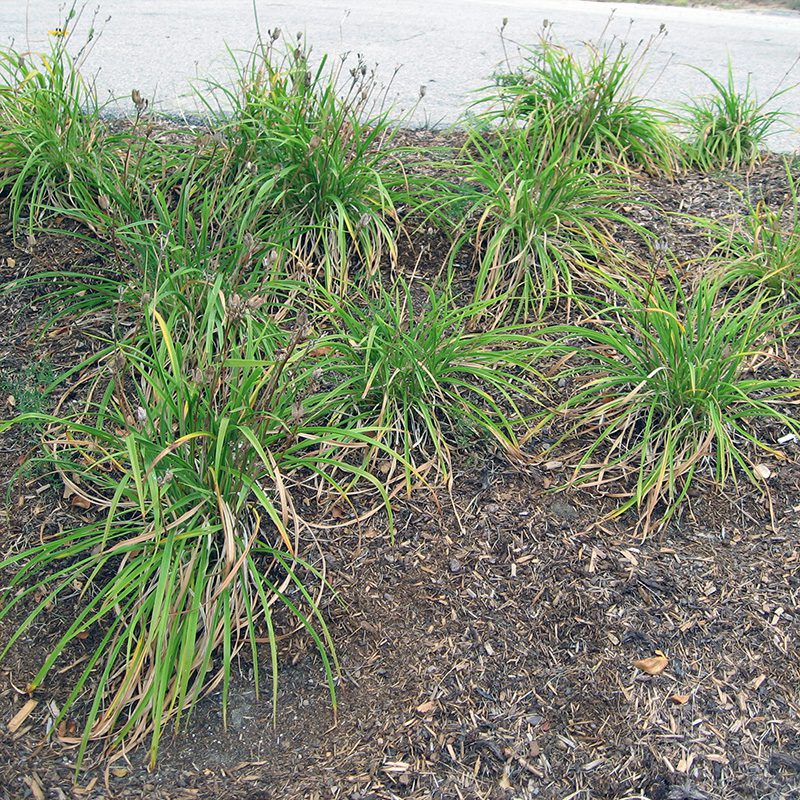
I want to support the monarchs but don’t want milkweed.
Not every garden has the space for the tall, common milkweed (Asclepias syriaca). If you have a smaller garden, the butterfly weed (Asclepias tuberosa) is the plant for you. The butterfly weed is short and has bright orange flowers. Although it can gently self-seed in gardens, it doesn’t spread quite as aggressively as the common milkweed does.
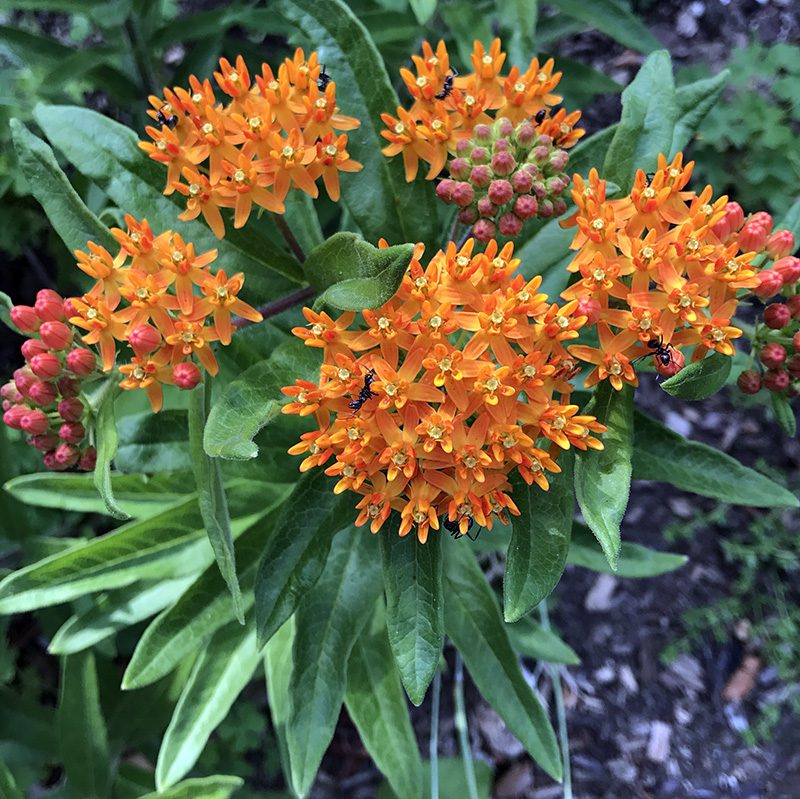
My beech tree looks sick…was it winter damage?
Since beech trees are very hardy plants it’s unlikely that the winter weather is the cause of what you’re seeing. More likely is beech leaf disease, a problem that’s caused by a foliar nematode. See your handout about this problem here. For an accurate assessment of your tree, take samples into the Cape Cod Cooperative Extension office. Many arborists and landscapers are not yet “in the loop” about this problem, so going to the Extension is your best move at this point.
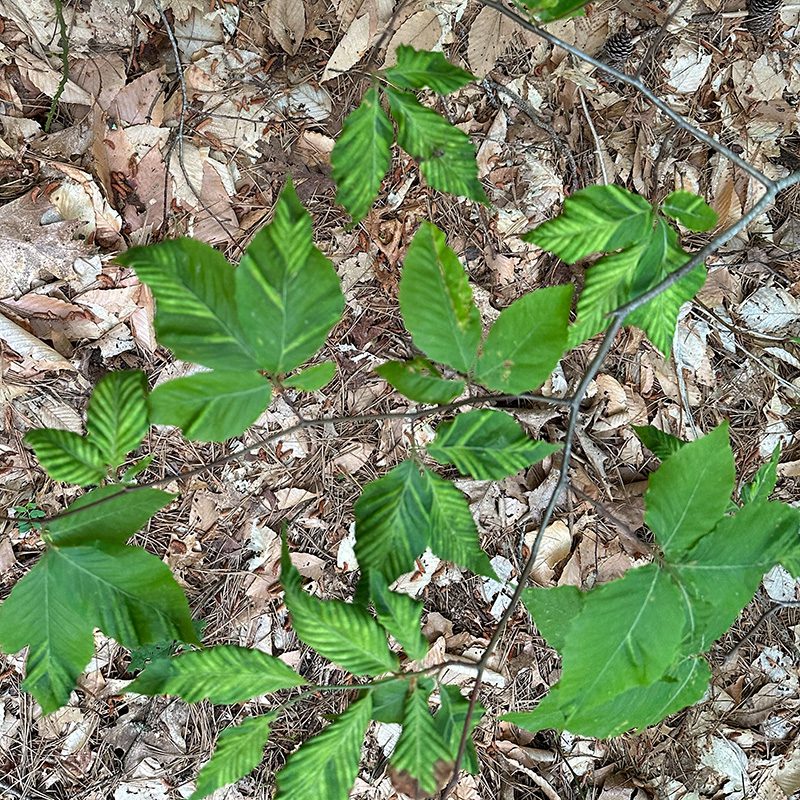
2 Comments
Leave a Comment
Subscribe To Our Newsletter
Sign up for our weekly email about sales and events.

Newly planted (April 20) privets 8 feet tall don’t look hardy – any advice would be greatly appreciated. Thanks.
Many plants spend the first season establishing root systems. If your privet were 8 feet tall when planted, it’s likely that they were balled-and-burlapped plants, and these B&B plants have had their roots severely pruned. They will take a year or two to recover. Water them deeply when you do water. Next year in the spring you might shear them lightly to stimulate bushy growth. BTW – they need time right now, not fertilizer.